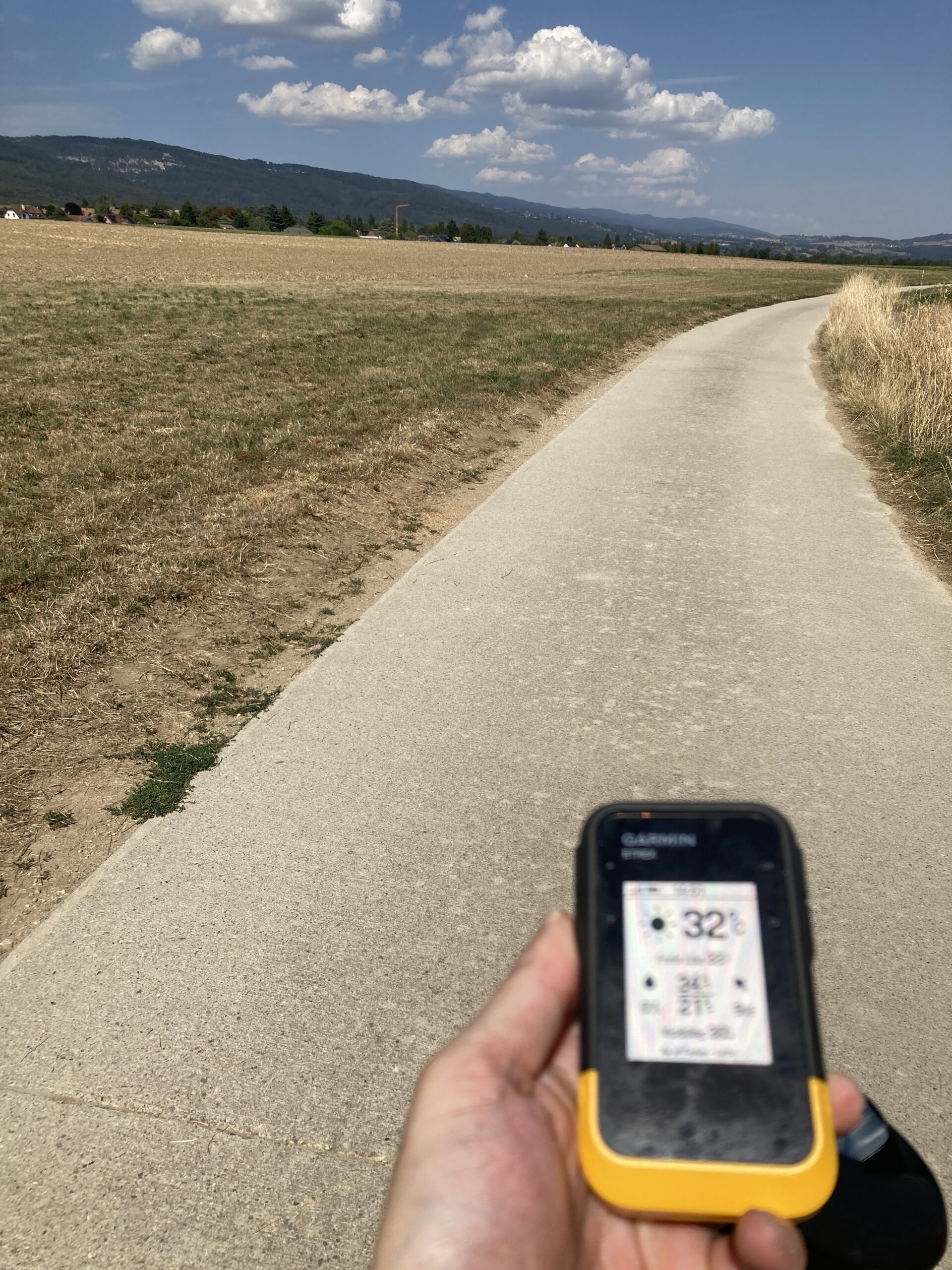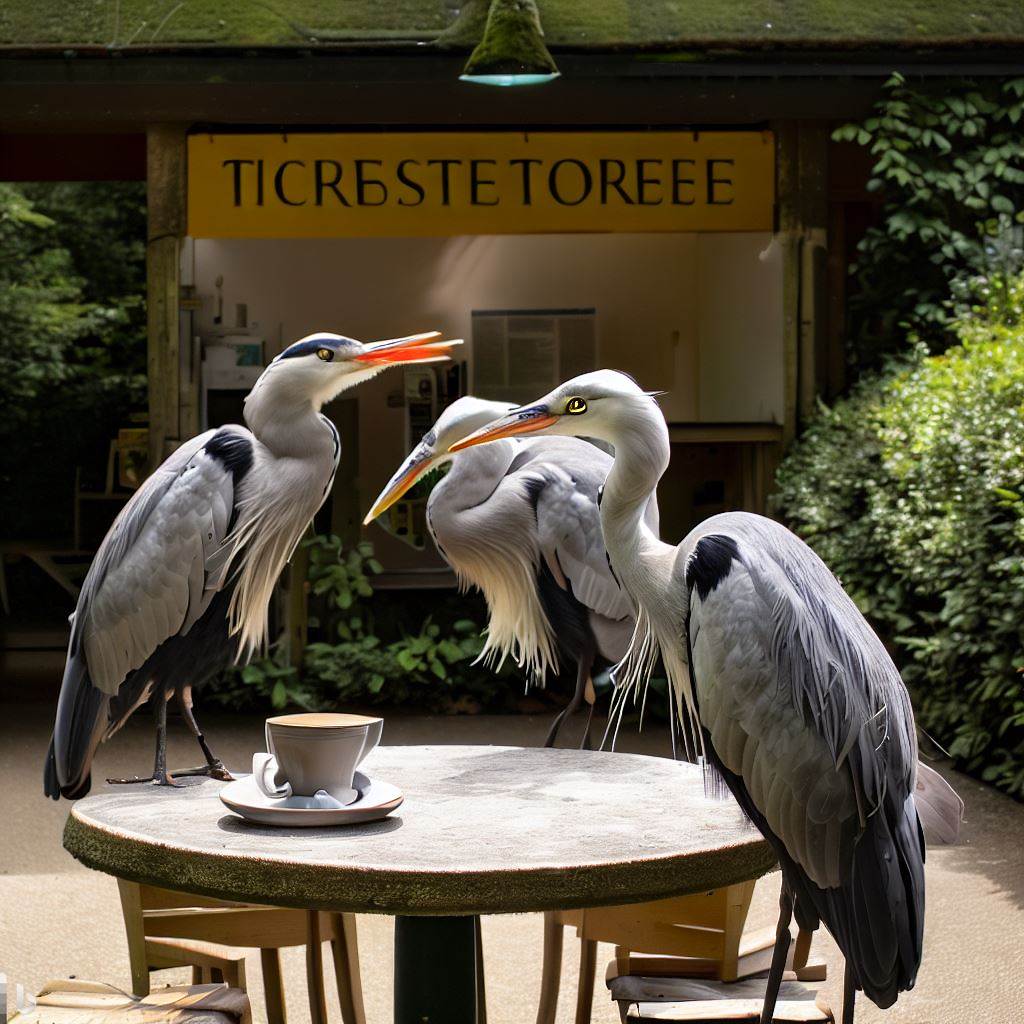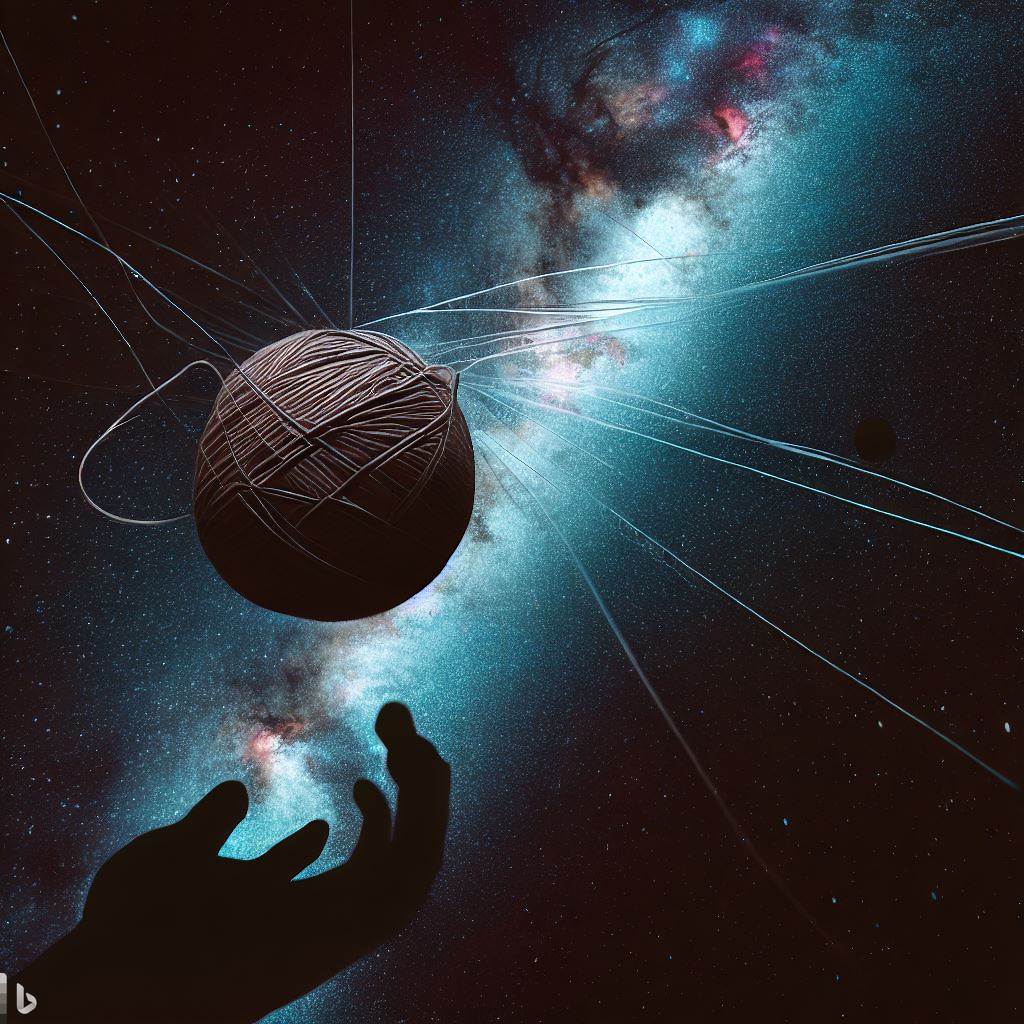Tag: environmentalism
-
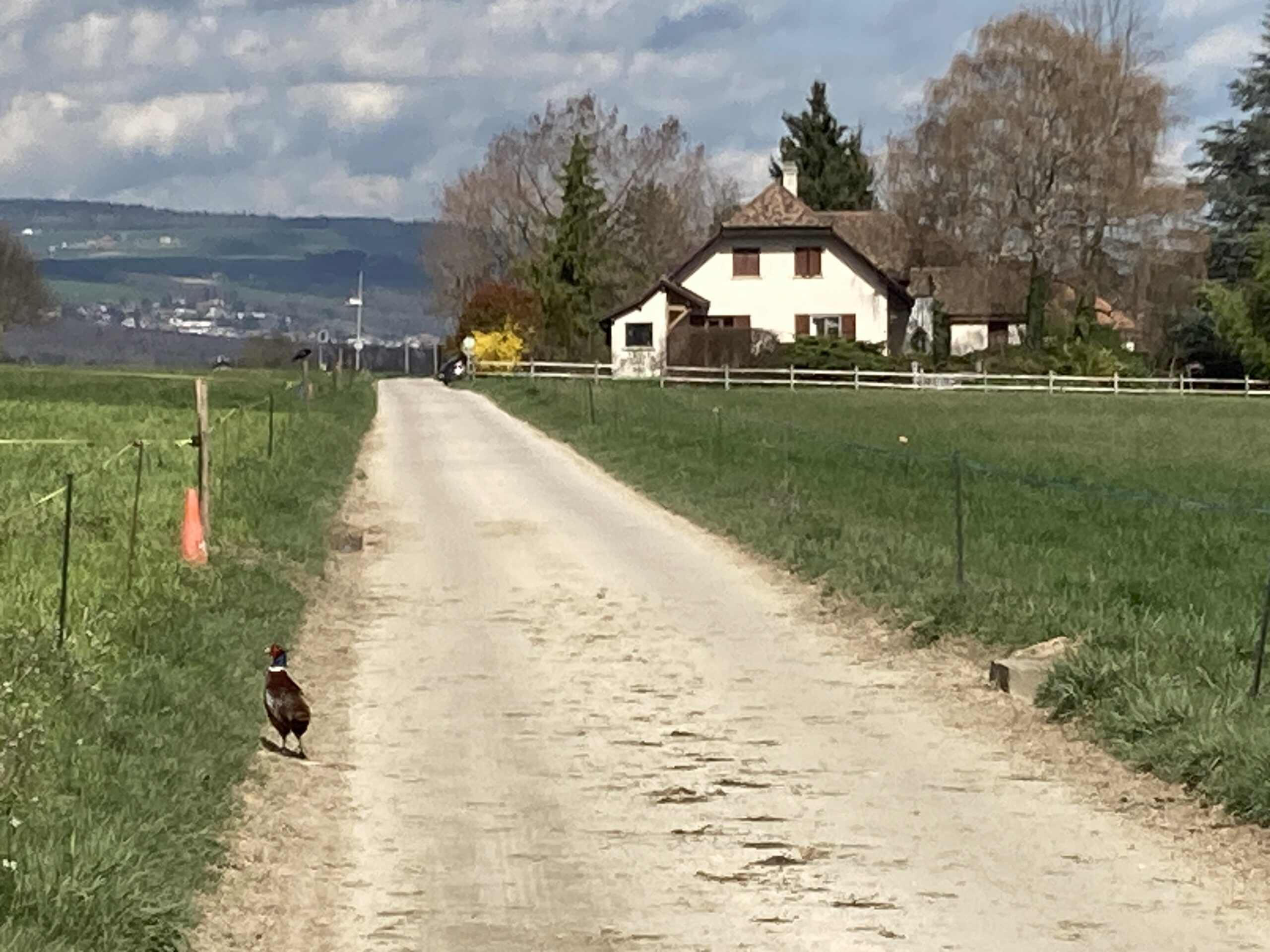
On Being Able to Walk to a Recycling Centre
Reading Time: 3 minutesFor a few days I fled from the Caribana music festival because during this event it is impossible to sleep due to noise pollution. Switzerland, despite being so strict about other forms of noise pollution is lax about the noise pollution from music festivals. Most people plan holidays to flee it. I…
-
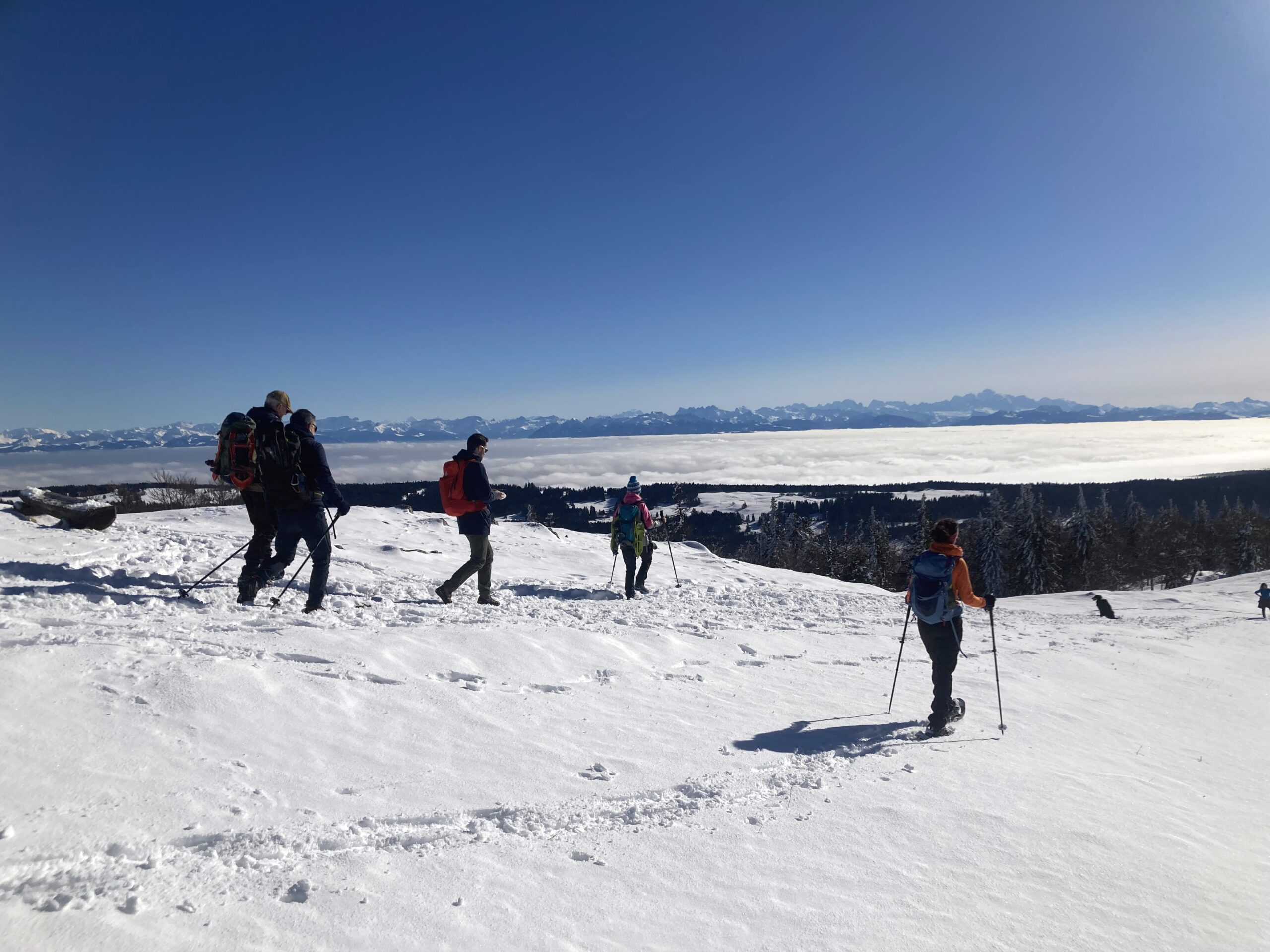
Two Interpretations of Mobilité Douce
Reading Time: 3 minutesMy definition of Mobilité Douce and the Swiss definition are quite different. For me Mobilité Douce is walking, hiking, cycling and other sports that require a certain dedication and desire to cover long distances. In contrast Switzerland seems to see Mobilité Douce as going from home to the shops, while leaving the…
-
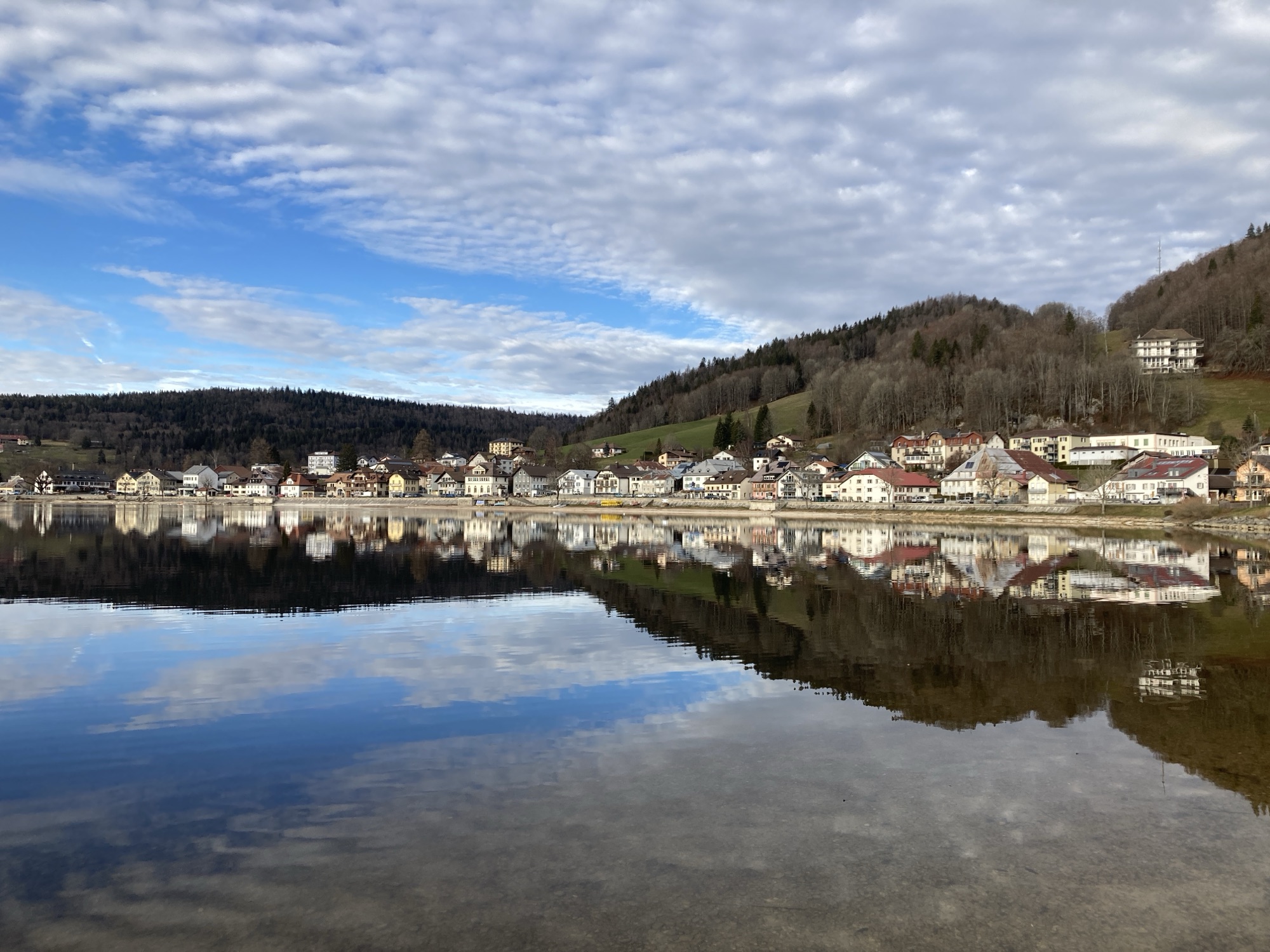
Electricity Maps and HomeAssistant
Reading Time: < 1 minuteThe building I live in has solar panels on the roof and a heat pump. This allows it to be more energy efficient than other buildings. It also has thick insulation on the walls and more. Recently I have been playing with Homeassistant and electricity Maps. Electricity Maps is a real…
-
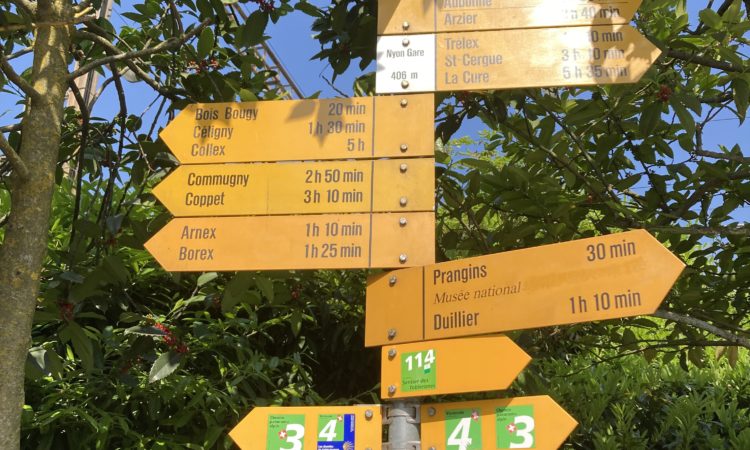
Cycling from Nyon To Geneva and Back
Reading Time: 2 minutesCatching the train to Geneva and back to Nyon costs about 14CHF per day, depending on whether you have paid 180 CHF for the half fare or not. In contrast two Continent GP 5000 tires cost about 110CHF and you can go to Geneva and back a few hundred times. The loop…
-
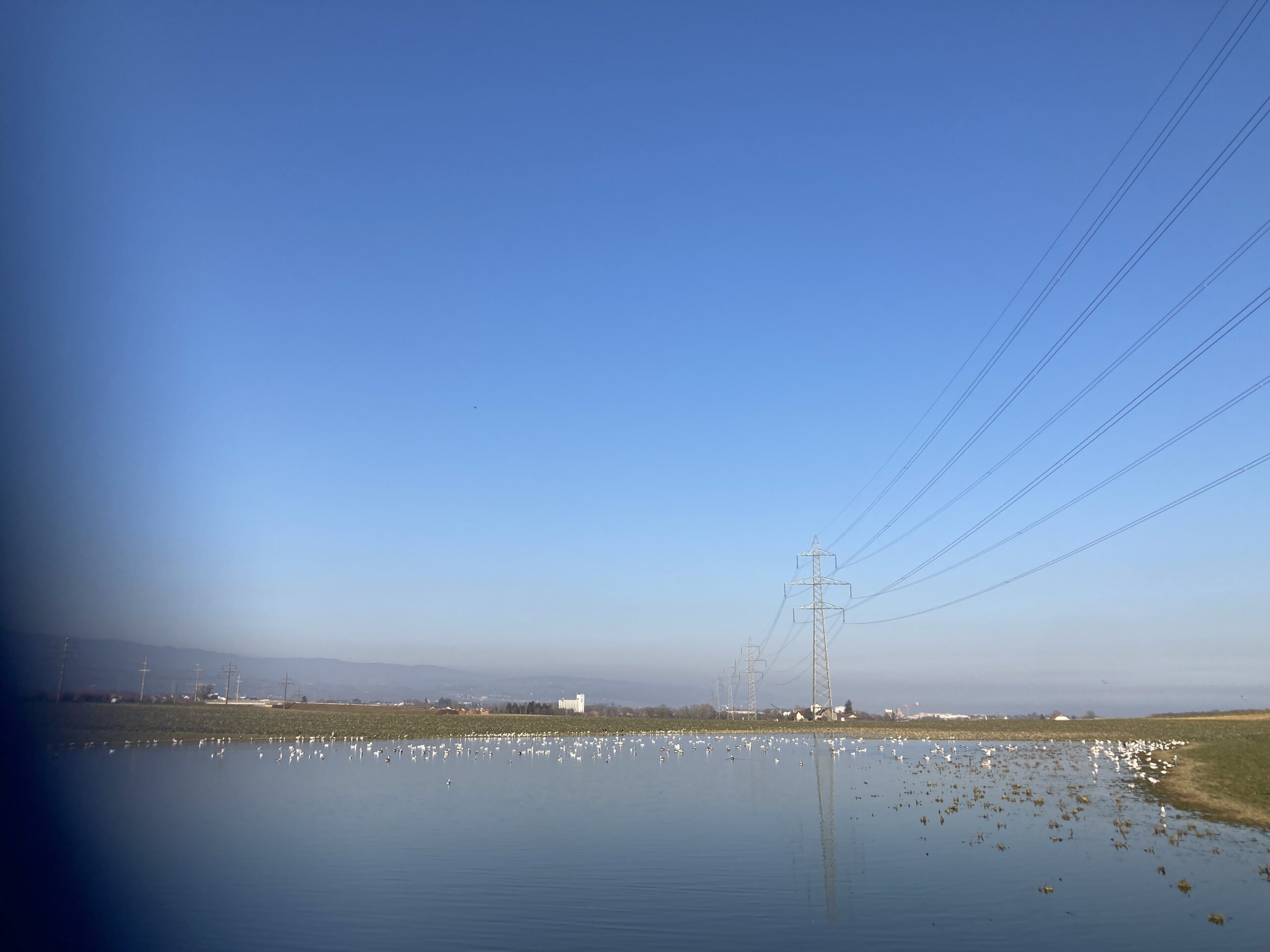
The Environmentally Unfriendly Farmer
Reading Time: 2 minutesFor several months I was not bothered by the noise of an environmentally unfriendly farmer. This farmer loves to use a really old tractor. He loves to turn on the engine and let it run for minutes at a time, without moving. It is running now, as he fills the container with…
-
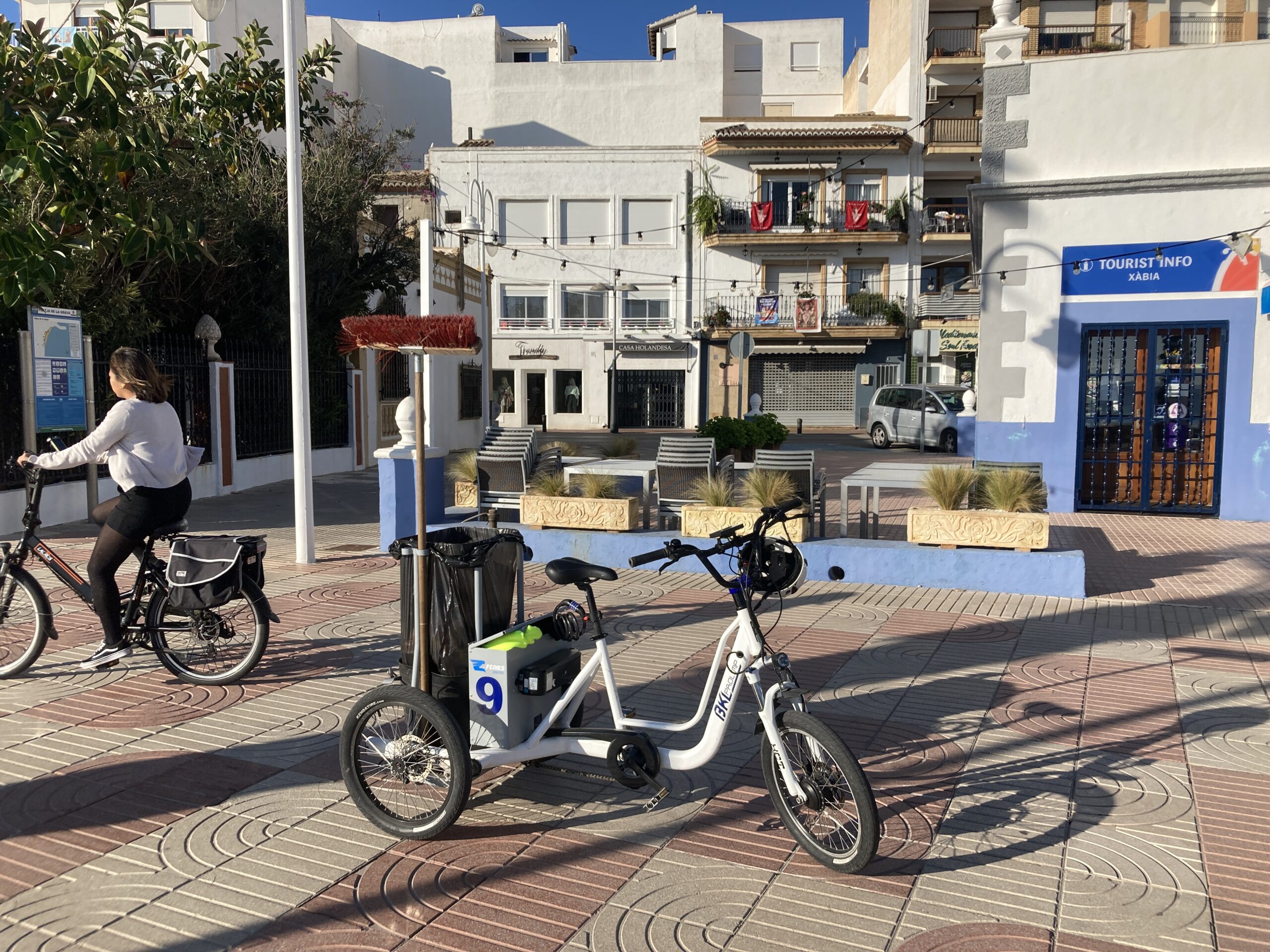
A Camera Bike
Reading Time: < 1 minuteIn Spain I keep seeing the BKL Prolimp bikes and I like them. They’re tricycles rather than bikes but I think they could be useful. Instead of transporting a broadcast camera and tripod in a car or smart you could transport them on the back of this bike. Instead of a…
